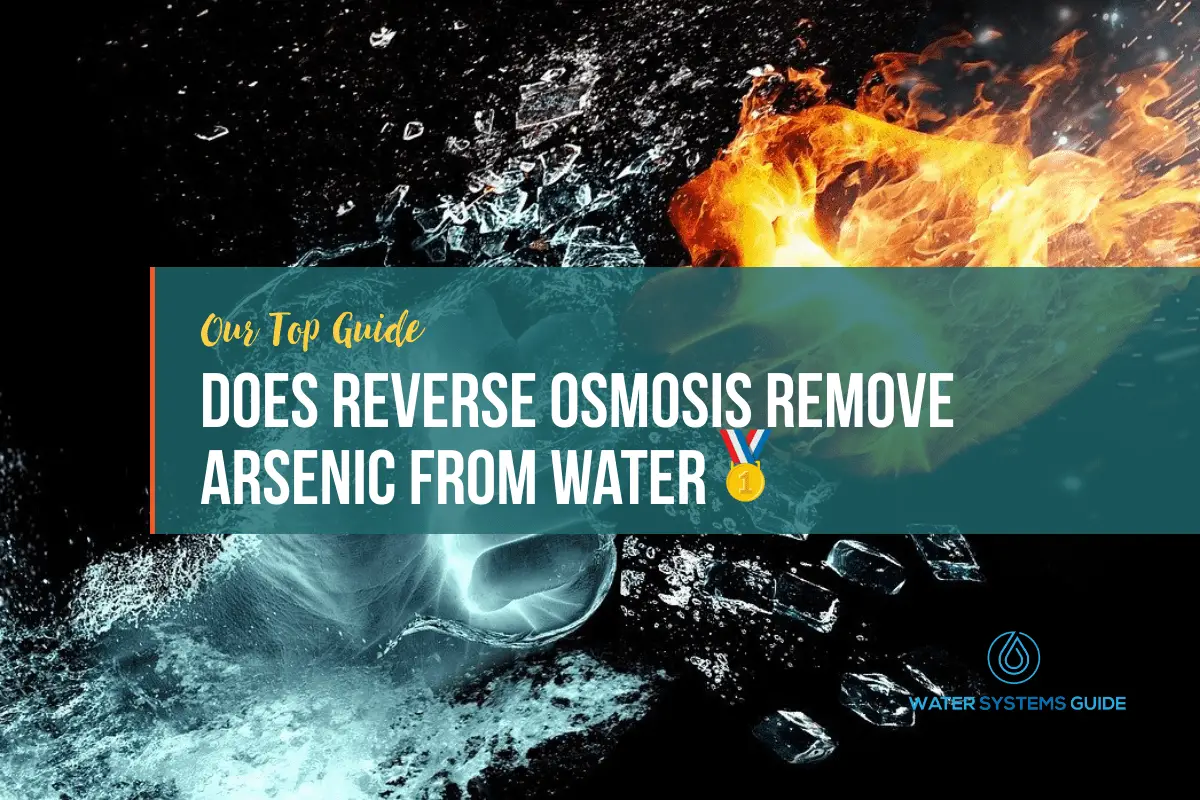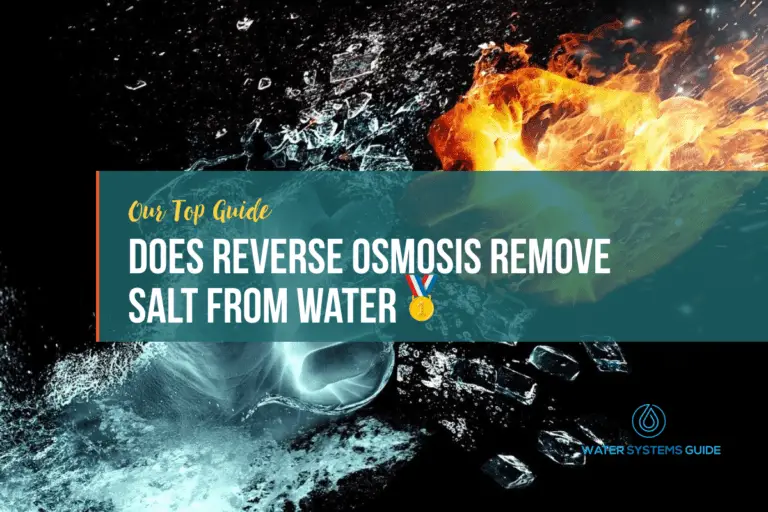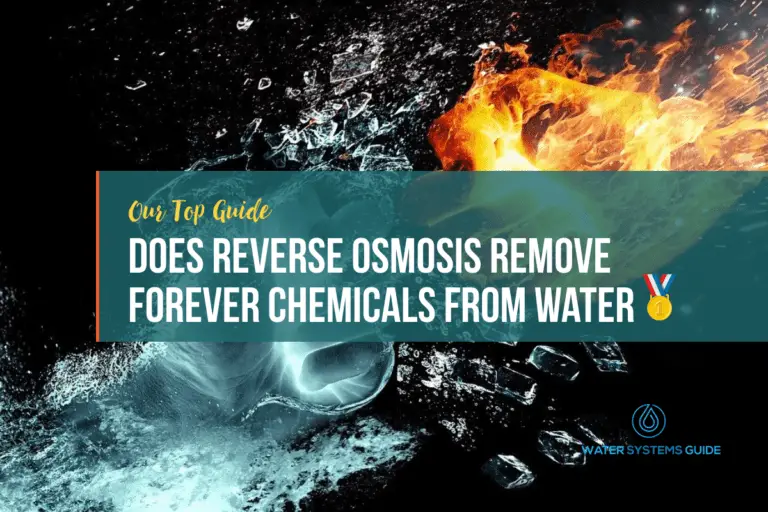Does Reverse Osmosis Remove Arsenic From Drinking Water
How Does Reverse Osmosis Work?
What is Arsenic and where is it used?
Arsenic is a naturally occurring element that can be found in small amounts in the earth’s crust. It has been used in many different ways over the years, including as a pesticide, as a wood preservative, and in the manufacturing of glass and semiconductors. While it is no longer used in these applications, it can still be found in some consumer products, such as cosmetics and traditional Chinese medicines. Arsenic is also a by-product of mining and smelting operations.
How does arsenic get into our municipal water?
Municipal water can become contaminated with arsenic if it comes into contact with naturally occurring arsenic in the environment, or if it is used to treat water that contains high levels of arsenic. Arsenic can also enter the water supply through industrial and agricultural activities.
Arsenic’s Effect on Human Health
Arsenic is a poisonous chemical element that has been shown to be harmful to human health in both short- and long-term exposure scenarios.
In the short term, arsenic can cause nausea, vomiting, and diarrhea. In the long term, it has been linked to an increased risk of cancer, particularly skin cancer. Arsenic is also known to be toxic to the liver, kidneys, heart, nervous system, and can cause neurological problems.
There is no safe level of arsenic exposure for humans, and even small amounts can cause health problems.
With that being said, we can understand why you’d want to remove it from the water that you drink or consume.
Does Reverse Osmosis Remove Arsenic?
Reverse osmosis is a filtration process that uses a high-pressure membrane to remove contaminants from water. While reverse osmosis can remove arsenic from water, it is not always effective in removing all of the arsenic. Studies from reputable sources show that a RO system can remove anywhere from 70-99% of arsenic from water.
Since arsenic is a heavy metal that can be found in both organic and inorganic forms. Inorganic arsenic is more common in water supplies and is more difficult to remove than organic arsenic.
What Else Does Reverse Osmosis Remove?
Reverse osmosis also removes other contaminants from water, including fluoride, chloride, calcium, arsenic, chloramine, heavy metals, pesticides, and pharmaceuticals.
Unfortunately, RO does remove healthy minerals in the water, such as magnesium, sodium, potassium, and calcium
While most municipal water supplies in the United States are required to meet strict safety standards set by the Environmental Protection Agency (EPA), trace amounts of these and other contaminants can still end up in tap water. That’s why many people use reverse osmosis systems to further purify their drinking water.
How Else Can I Remove Arsenic from My Water Supply?
If you are concerned about arsenic in your water supply, there are a few things (besides installing a reverse osmosis filtration system) that you can do to remove it.
First, you can install a whole-house filter that is designed to remove arsenic. You can also have your water tested and, if necessary, treated by a professional. Finally, you can try using bottled water for drinking and cooking.
Conclusion
In conclusion, does reverse osmosis remove arsenic? Yes, it does. According to the reputable studies we linked above, reverse osmosis is an effective way to remove anywhere from 70-90% of arsenic from water. It is also a safe and affordable method of water filtration, filtering many harmful water contaminants including bacteria and viruses.






